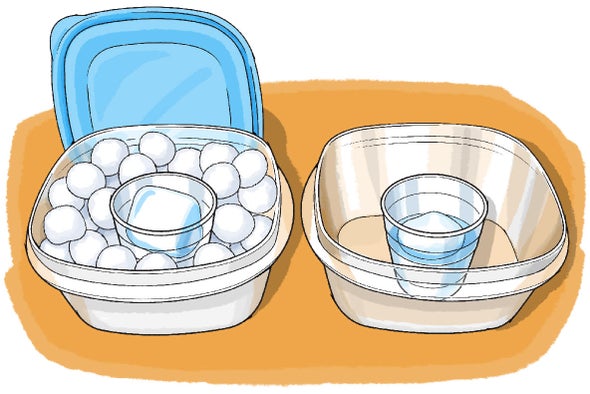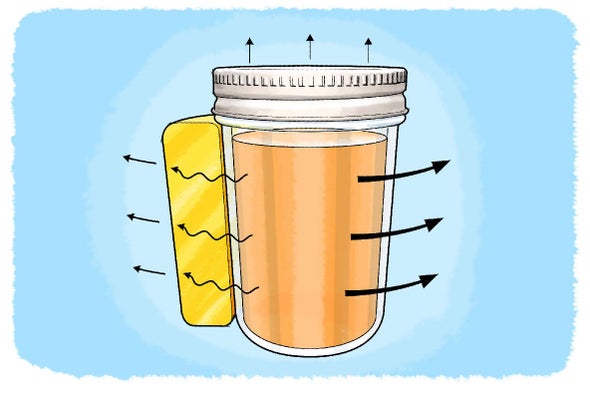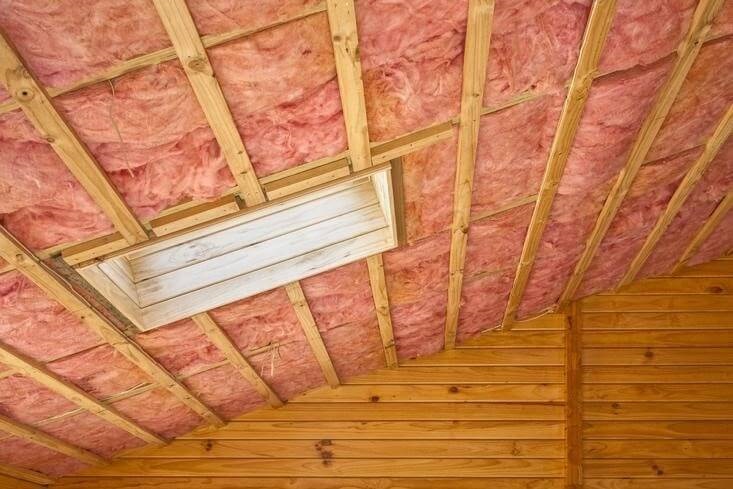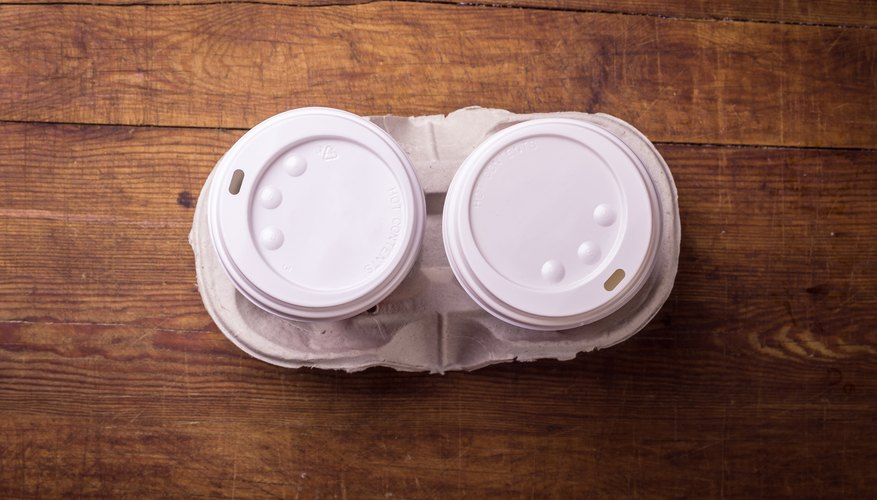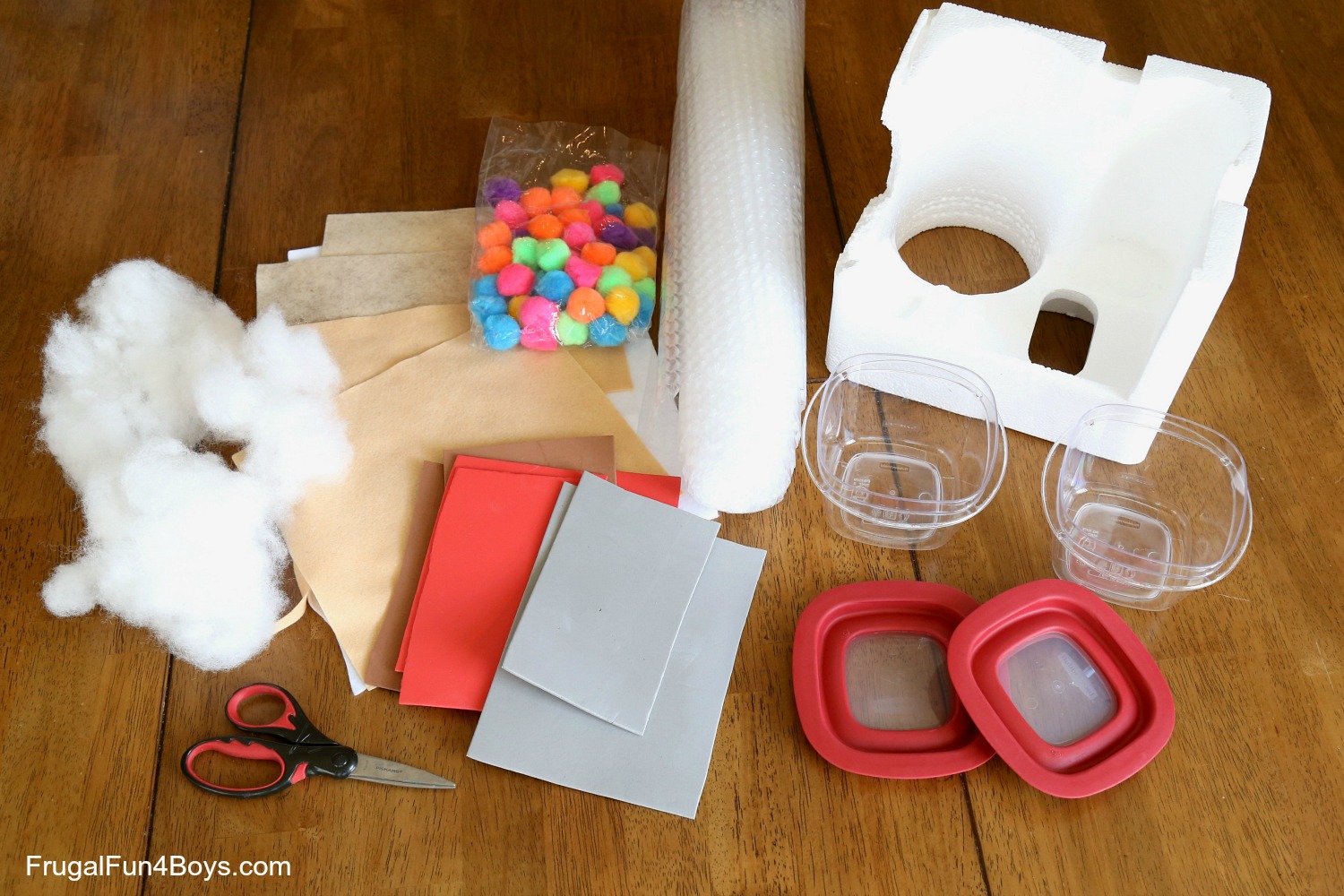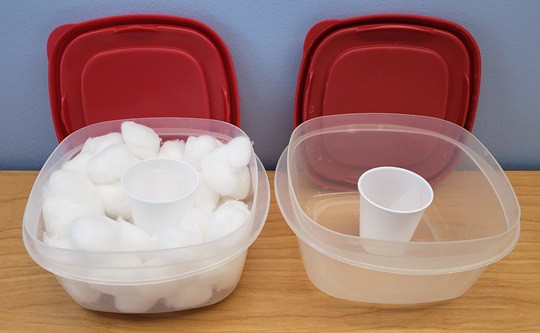Ideal Tips About How To Build A Good Insulator
Rigid foam boards trap air or another gas in their cells to resist conductive heat flow.
How to build a good insulator. Insulators like plastic are used in encasing electric wires in. Highly reflective foils in radiant barriers. The material itself is made up.
Foam, fiberglass batting (which often has a coating of aluminized paper to improve resistance to radiative heat transfer), goose down, polyester batting of various types, etc. This actually has to do with the physical structure of styrofoam. Most good insulation traps air which is why it’s so light and fluffy, the exact opposite of brick.
Because particles in an insulator are difficult to move around, the amount of energy transferred to other particles. Brick’s are not a very good insulator but a modern home. Use the best insulator to build an insulating case.
Tiles made with this material are very good insulators. Cellulose insulation is made from recycled paper products, primarily newsprint, and has a very high recycled material content, generally 82% to 85%. Bulky materials resist conductive heat flow in a building cavity.
You might be wondering then why styrofoam is used as an insulator when it is a solid material. The paper is first reduced to small pieces. Below are some practical examples of how insulators are used in everyday life.
The one that keeps water hot the longest is the best insulator, since it slows the movement of heat from one area to another. One of the best insulators is actually air. Spray foam insulation works for insulating concrete block walls before the drywall has been put into place and the studs have been furred out about a quarter of an inch to a half.


